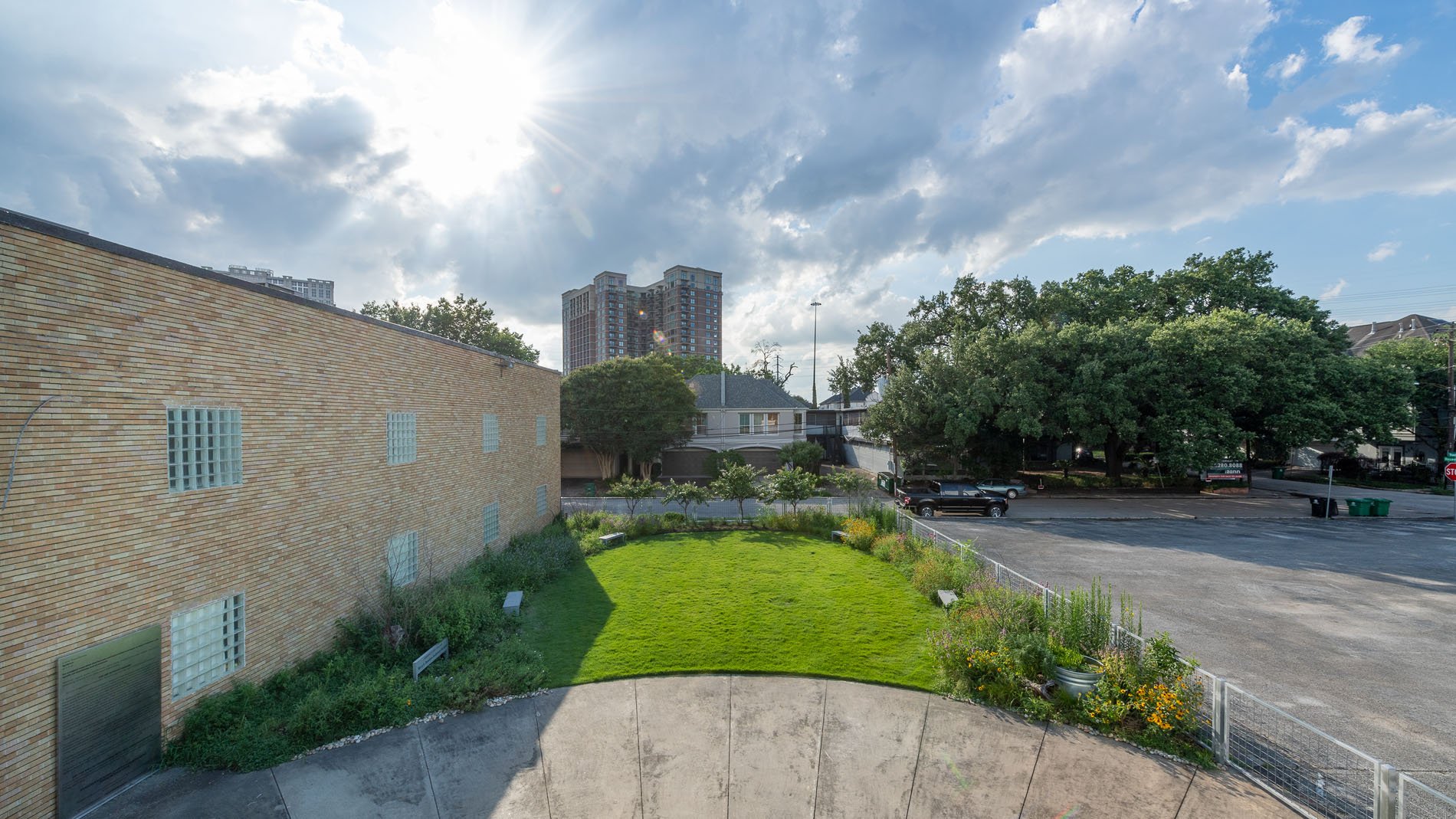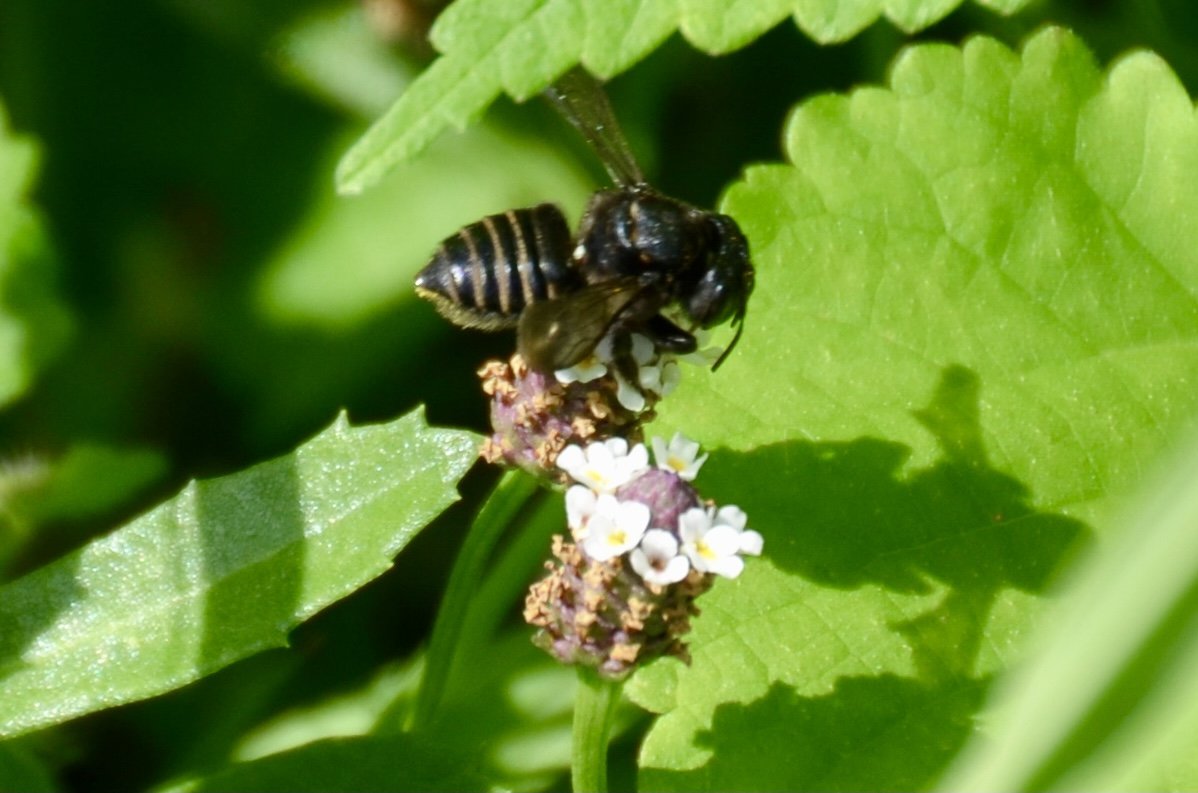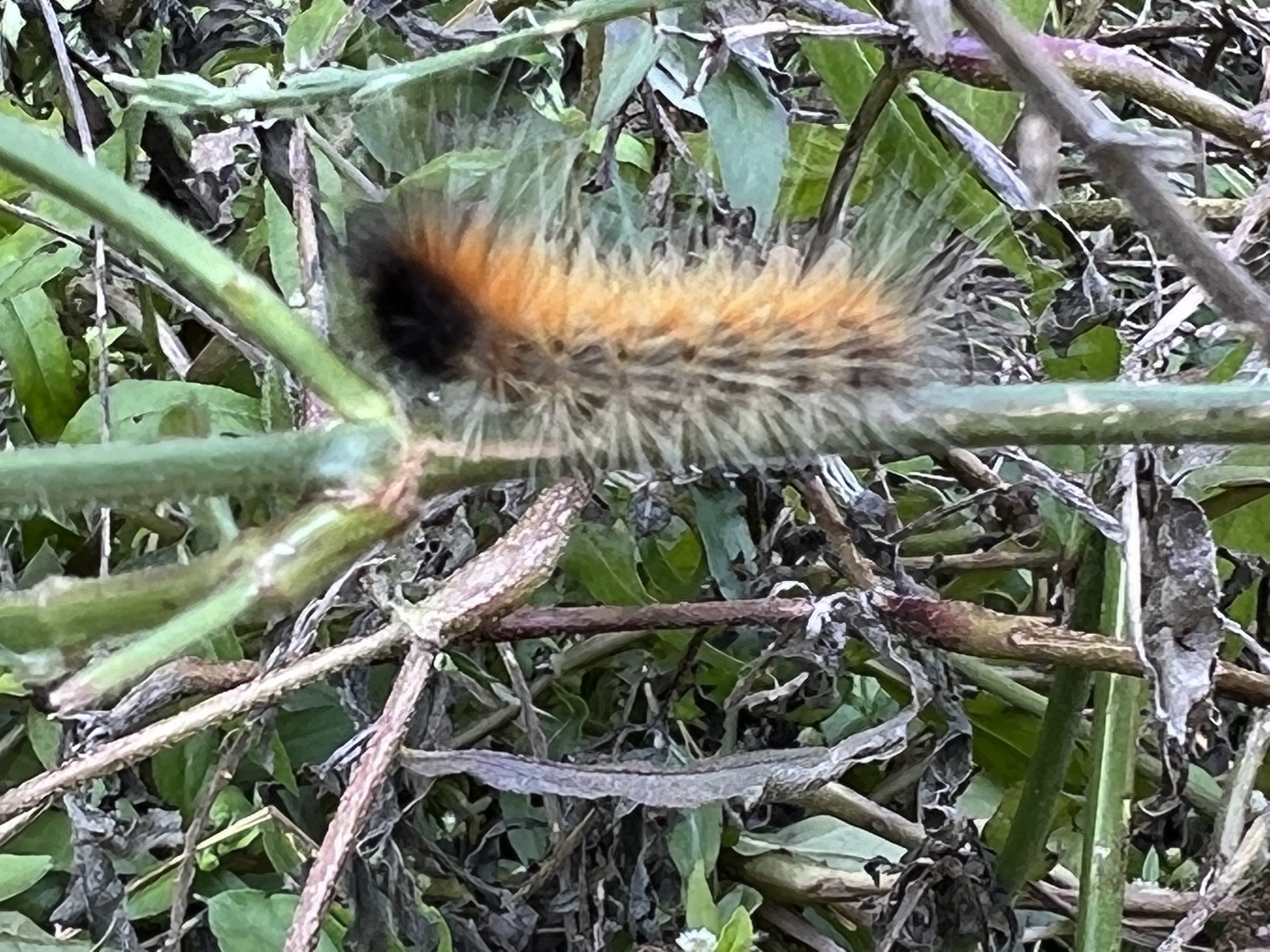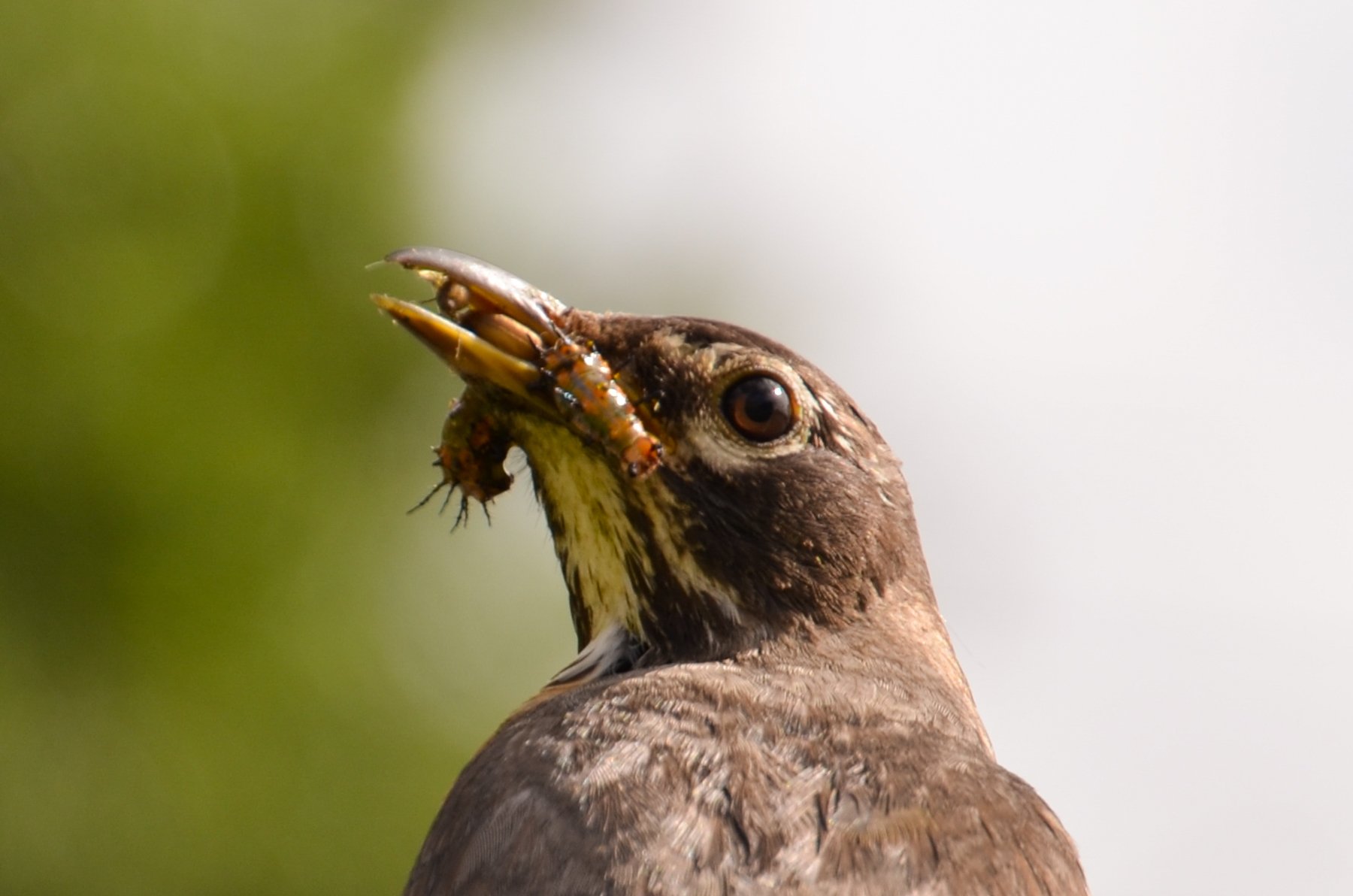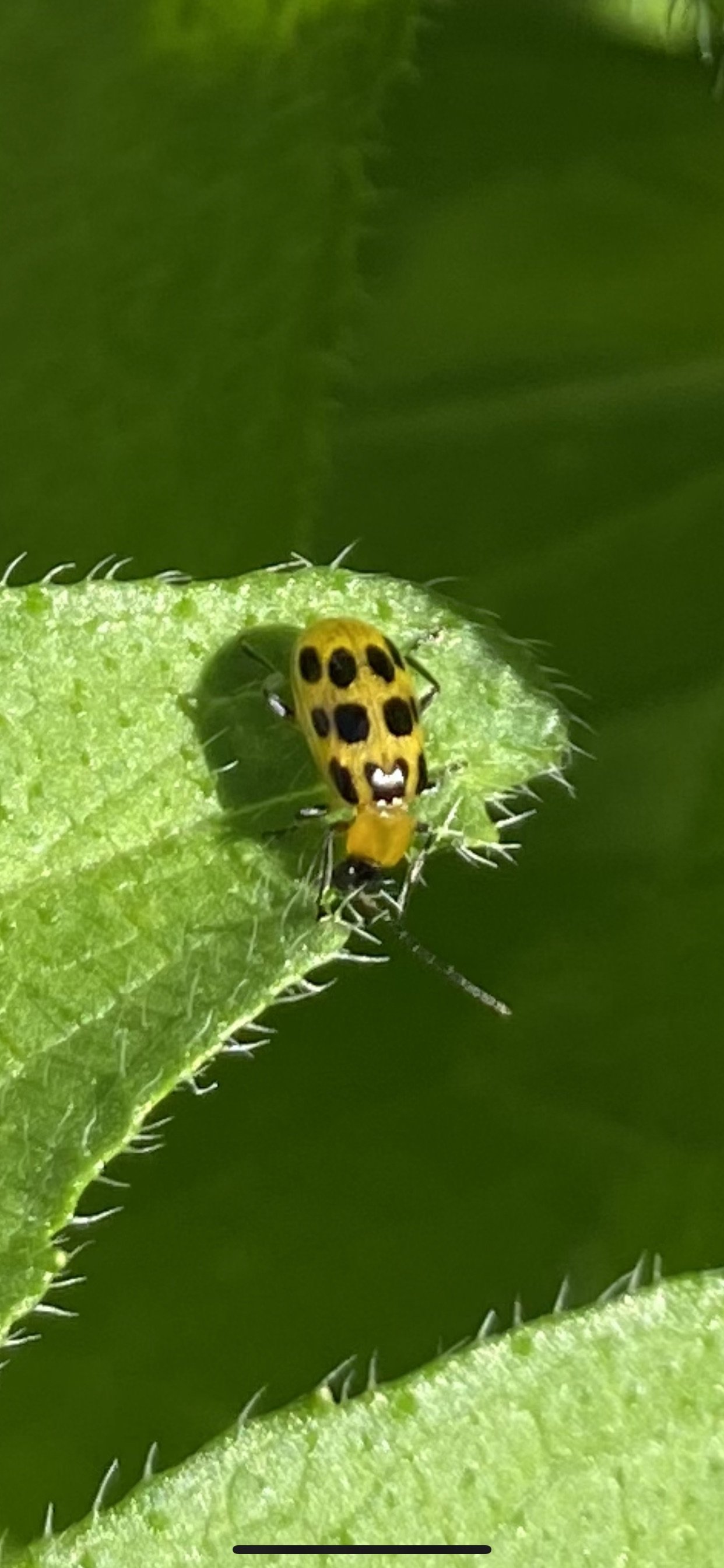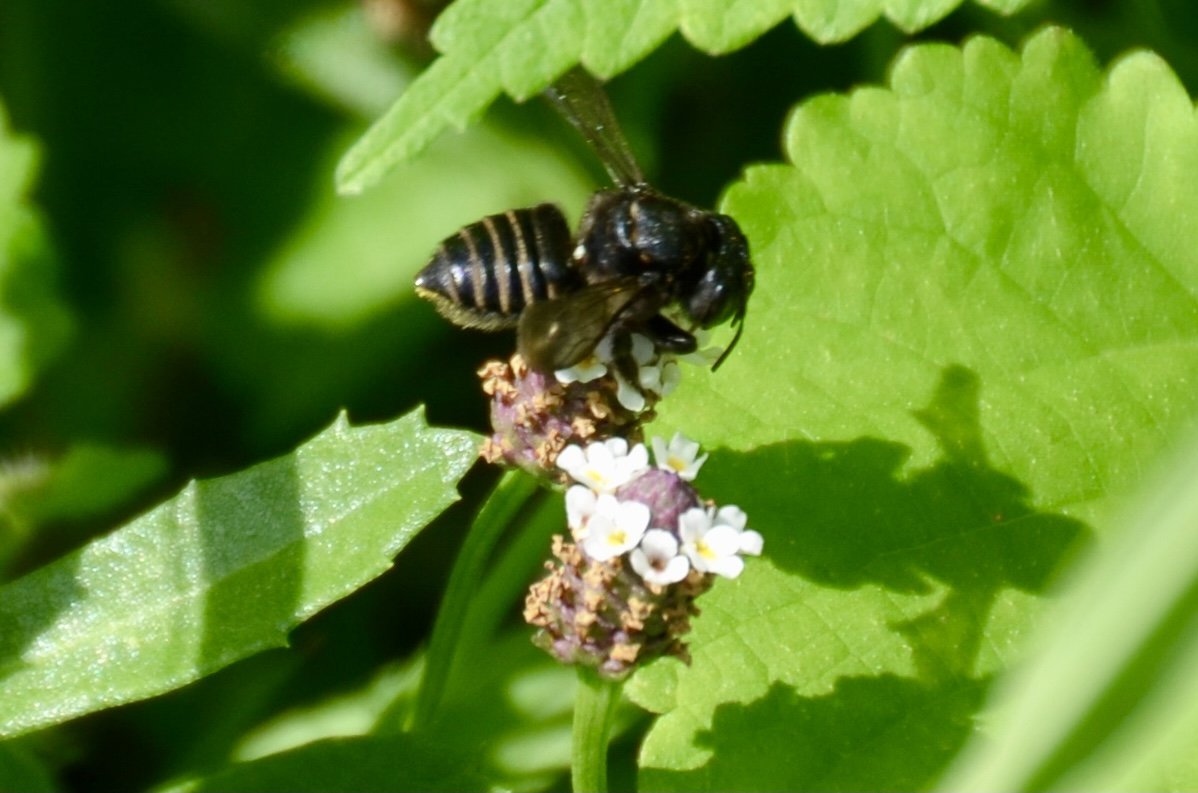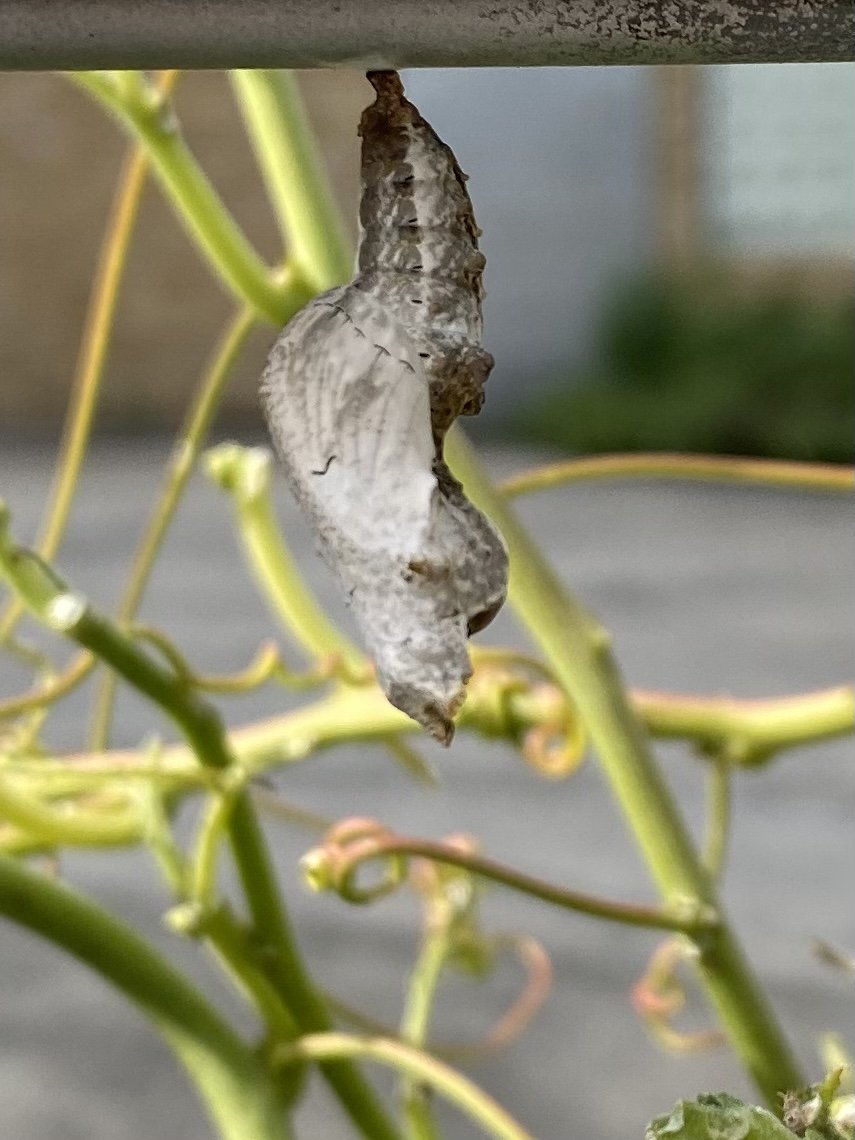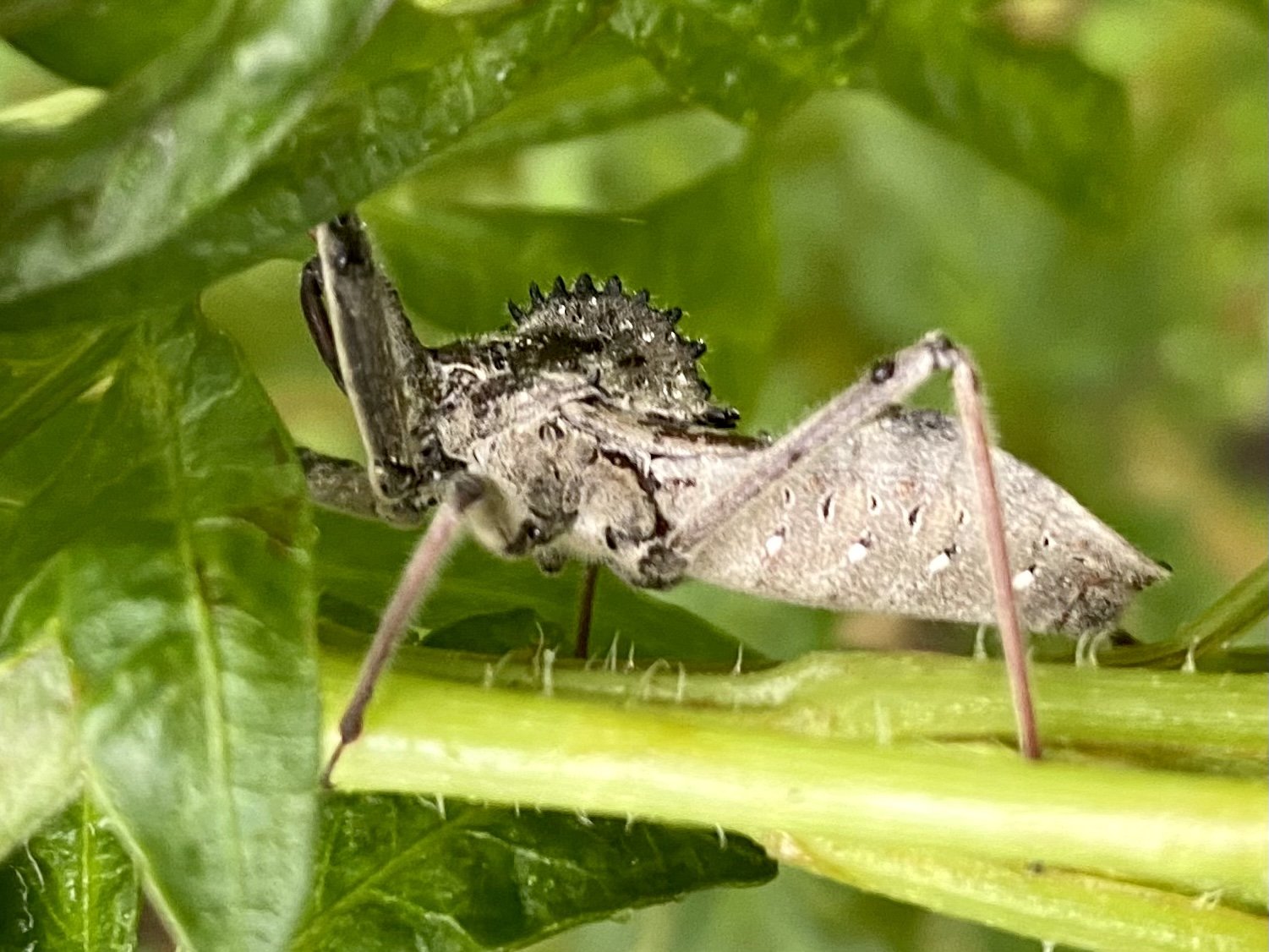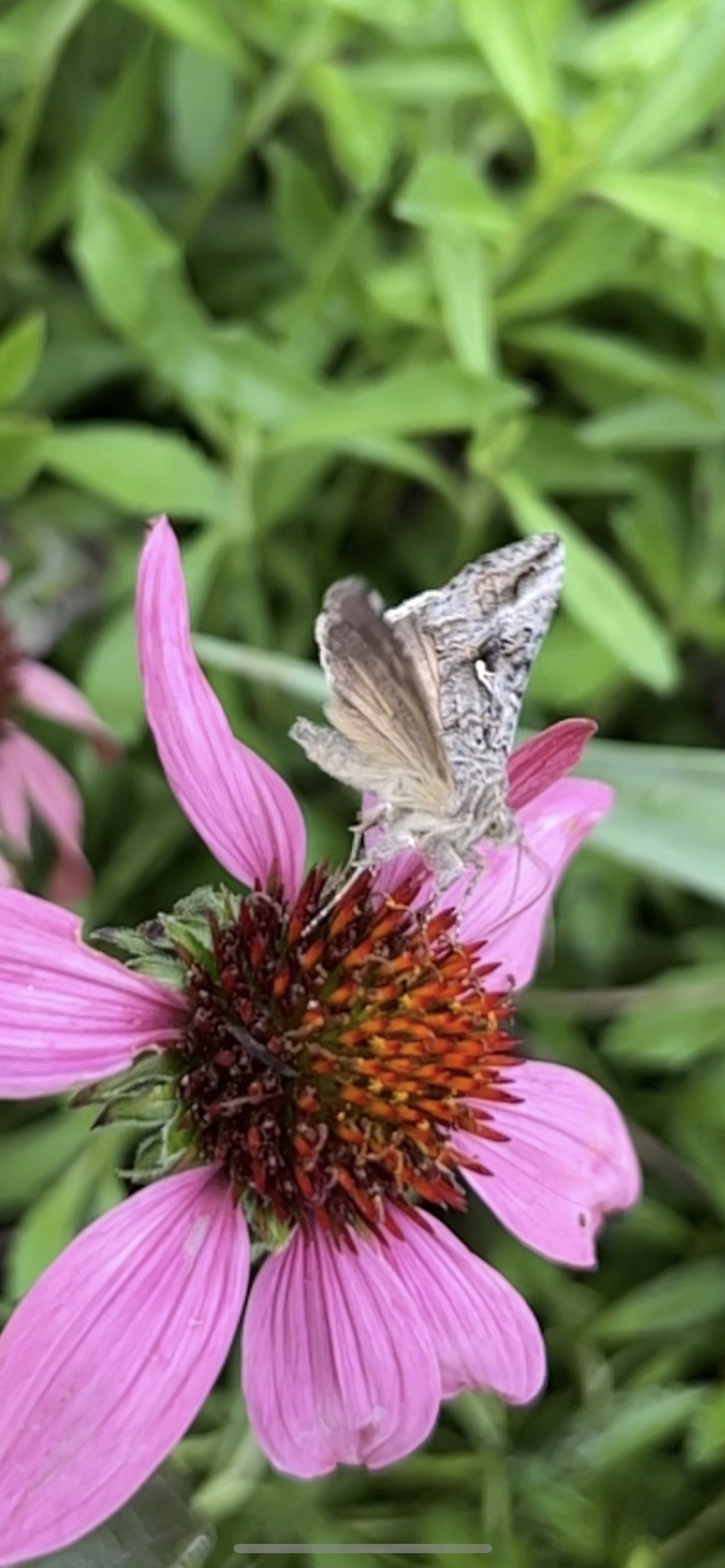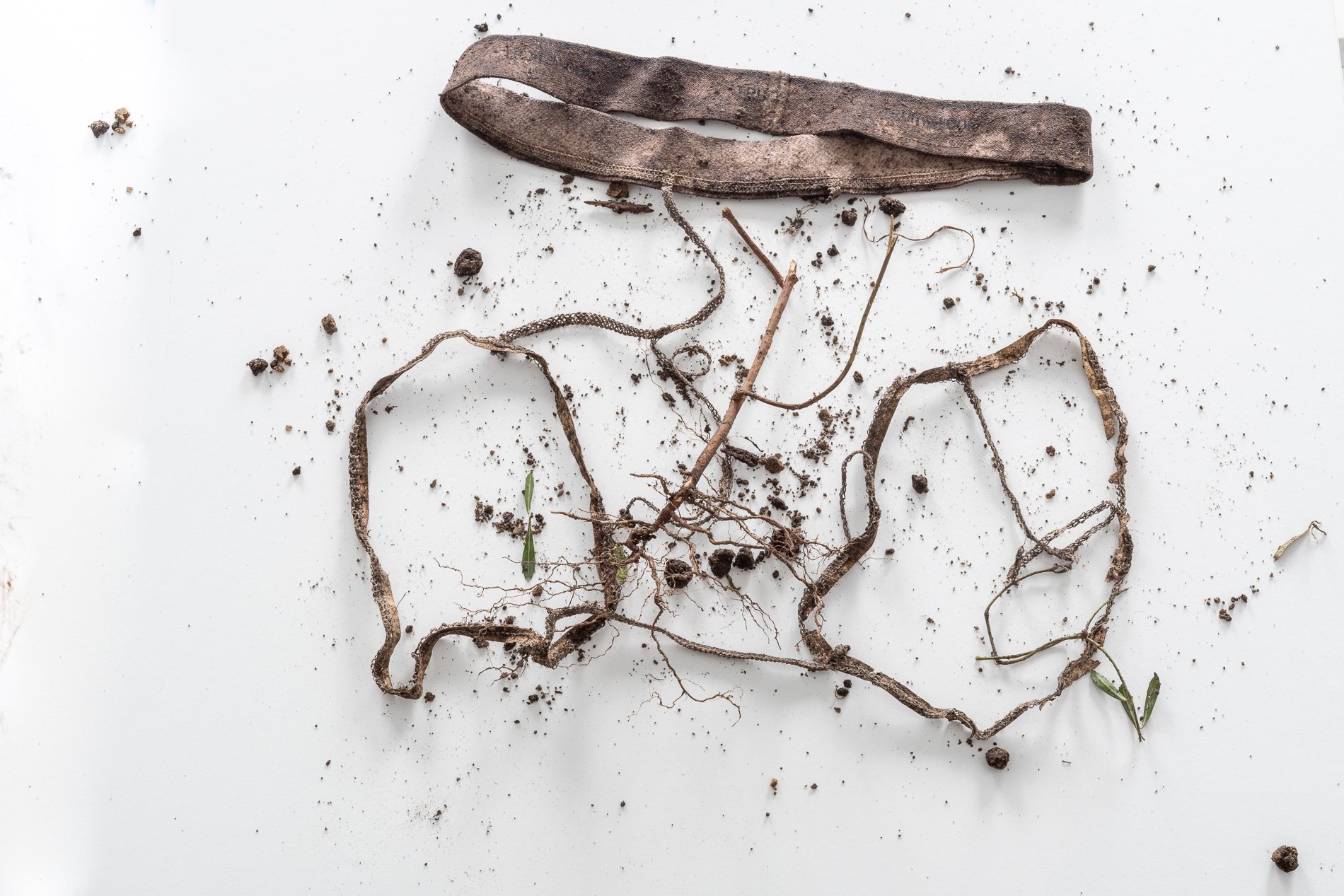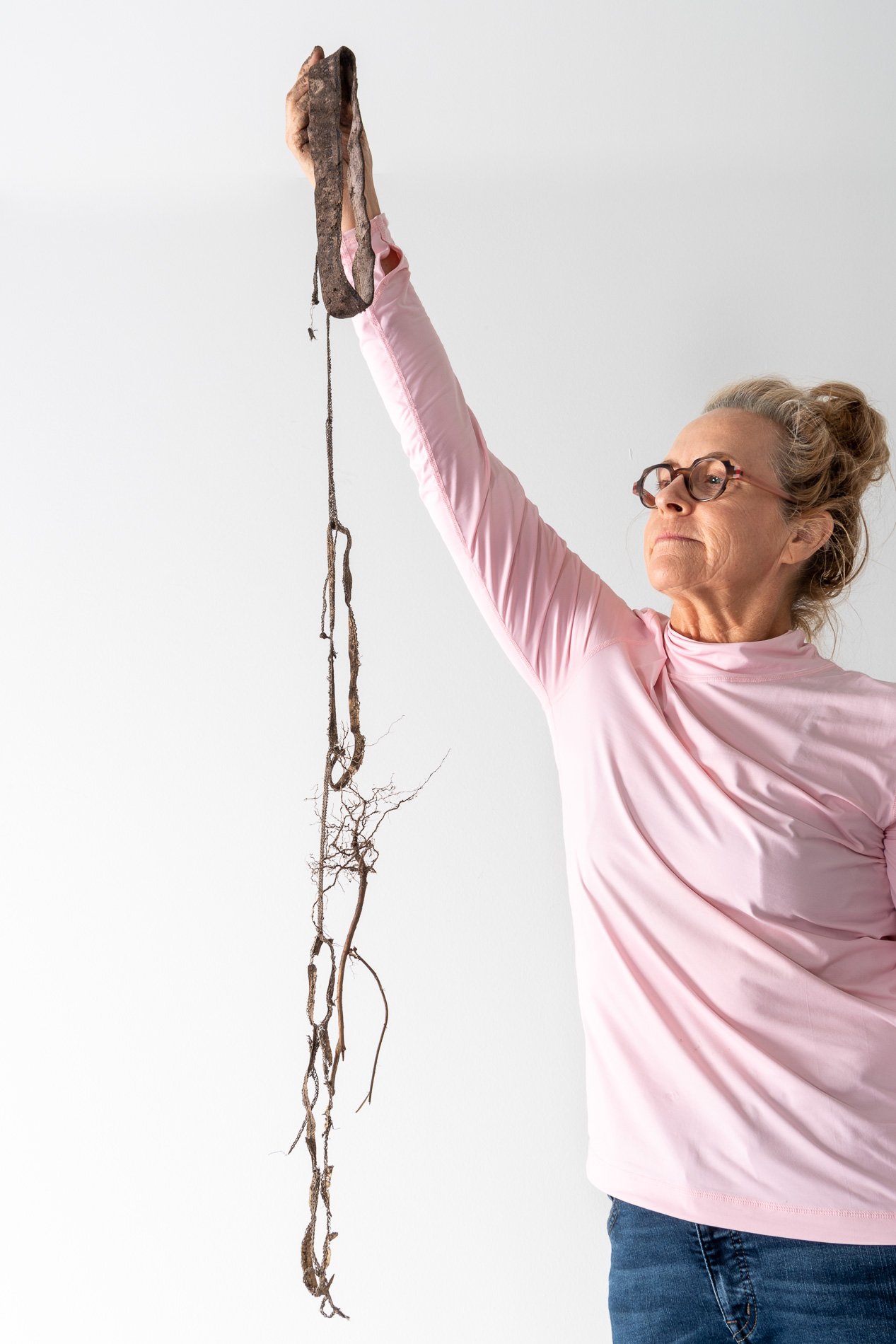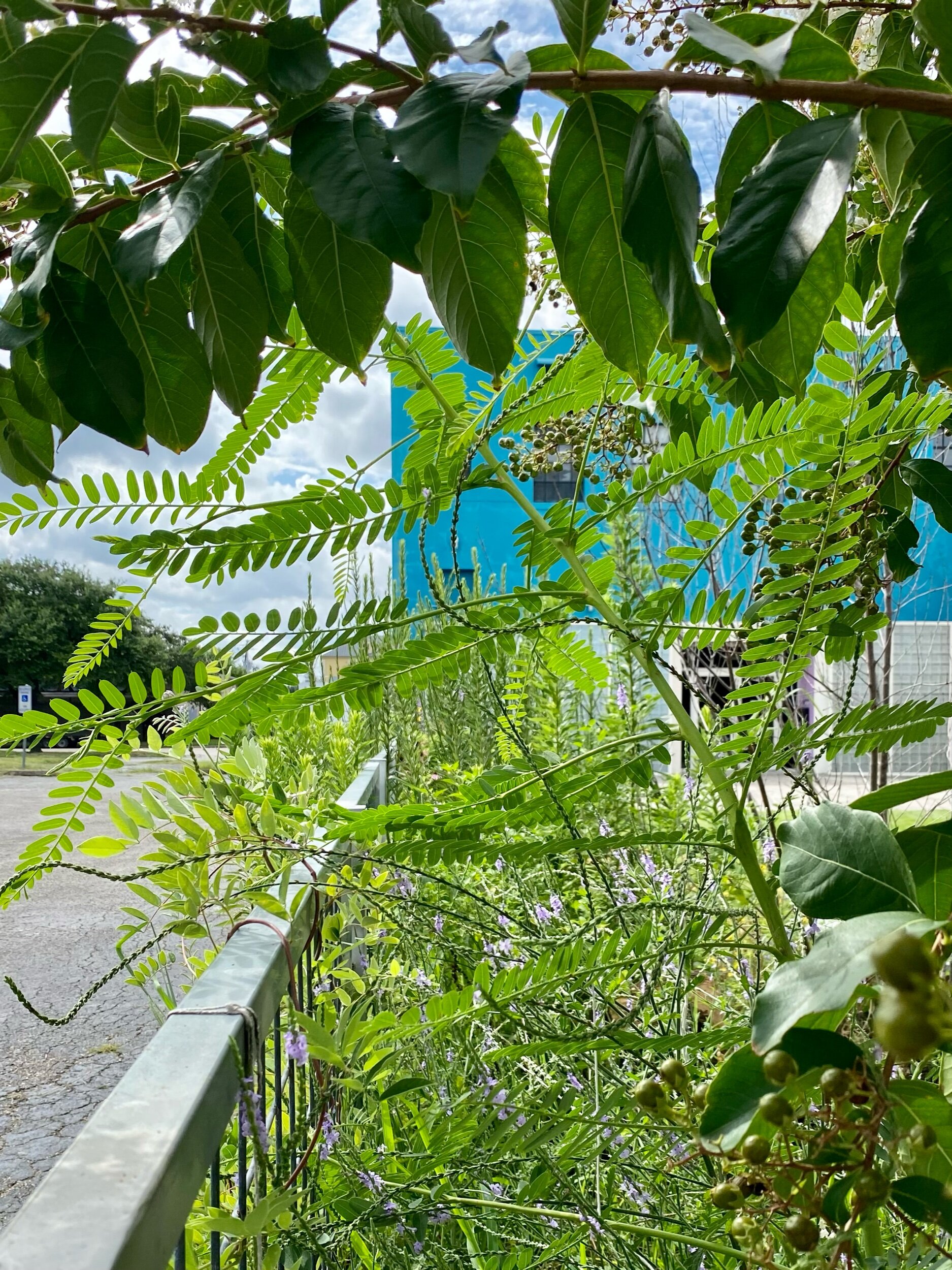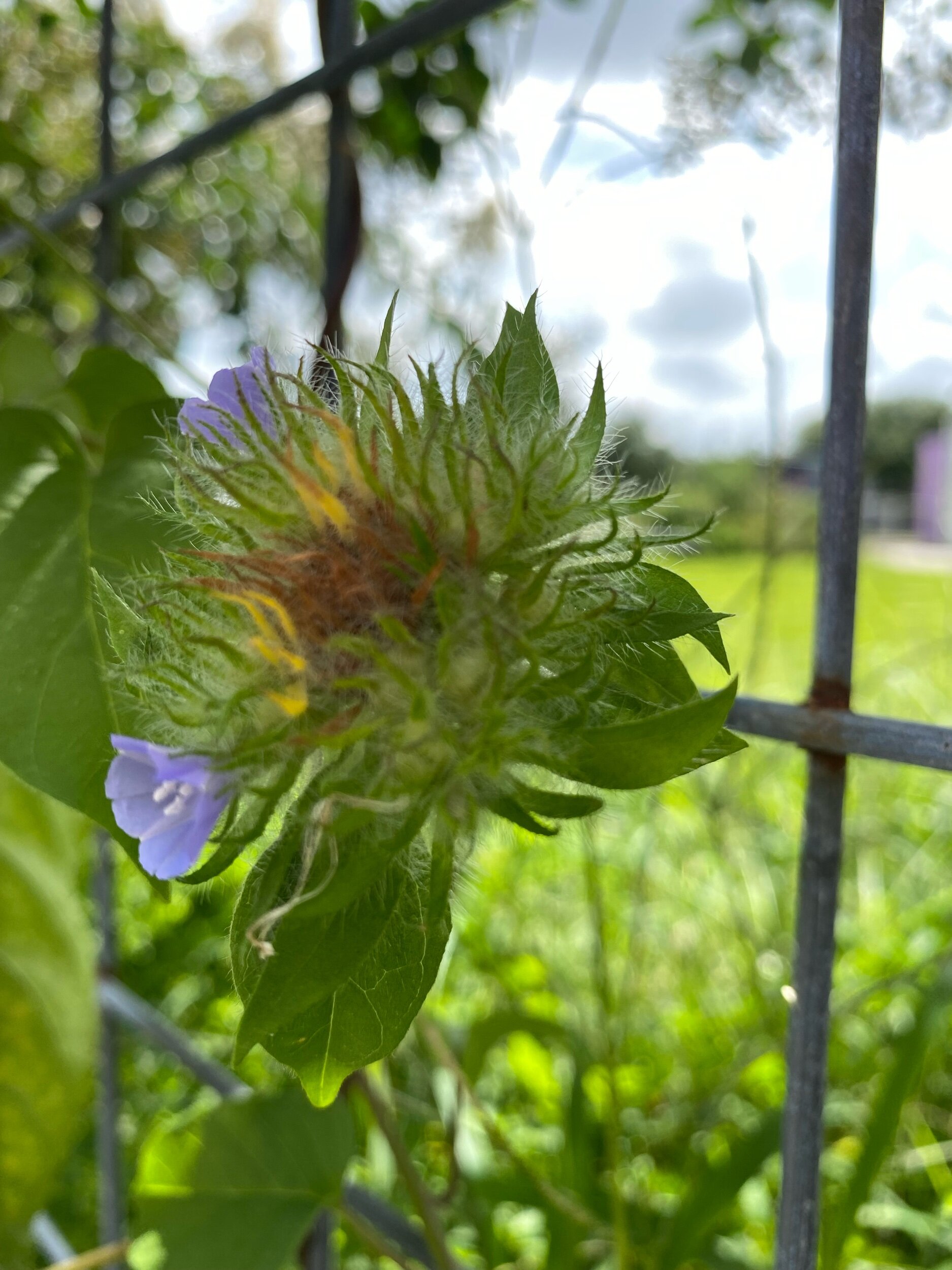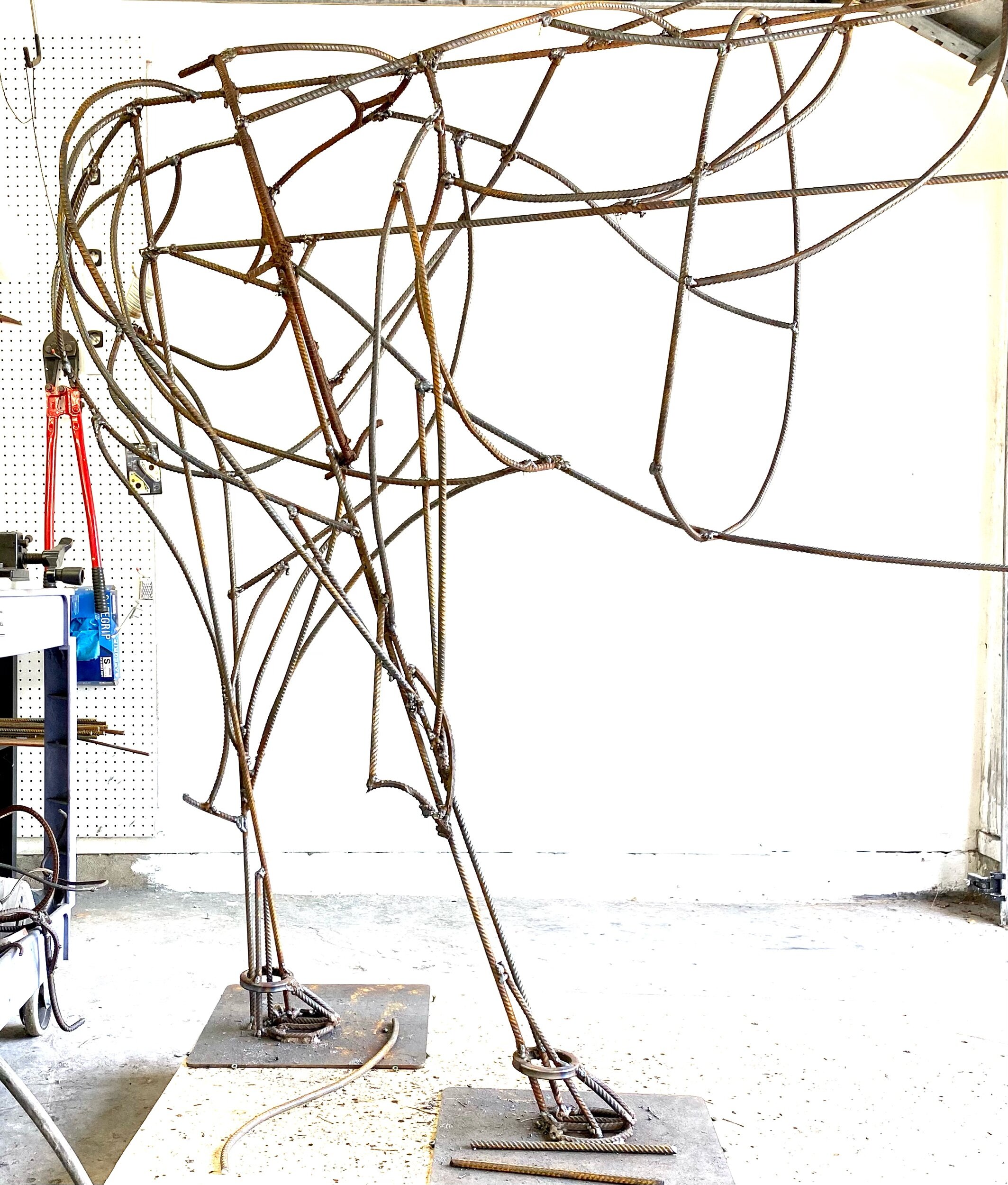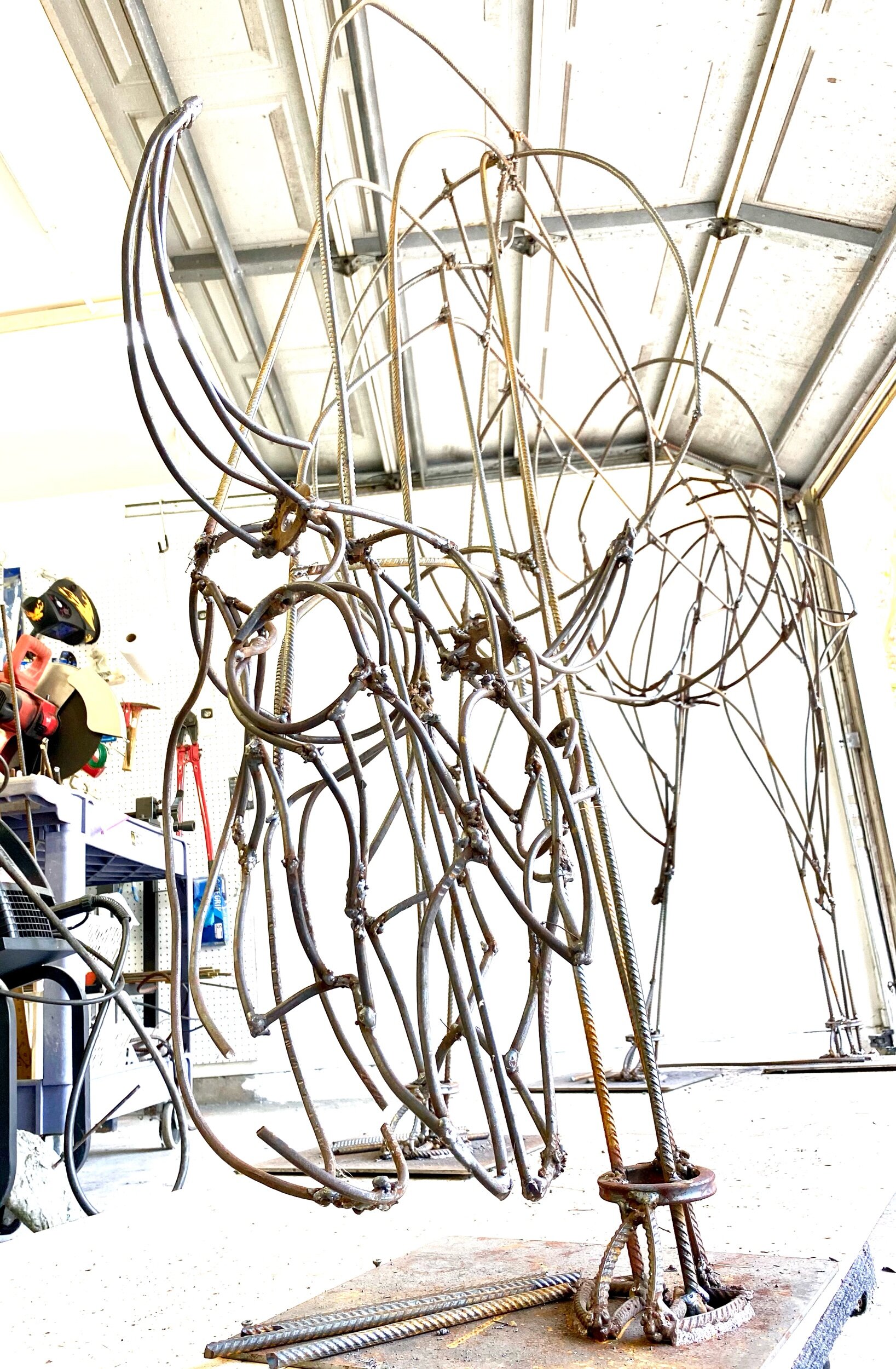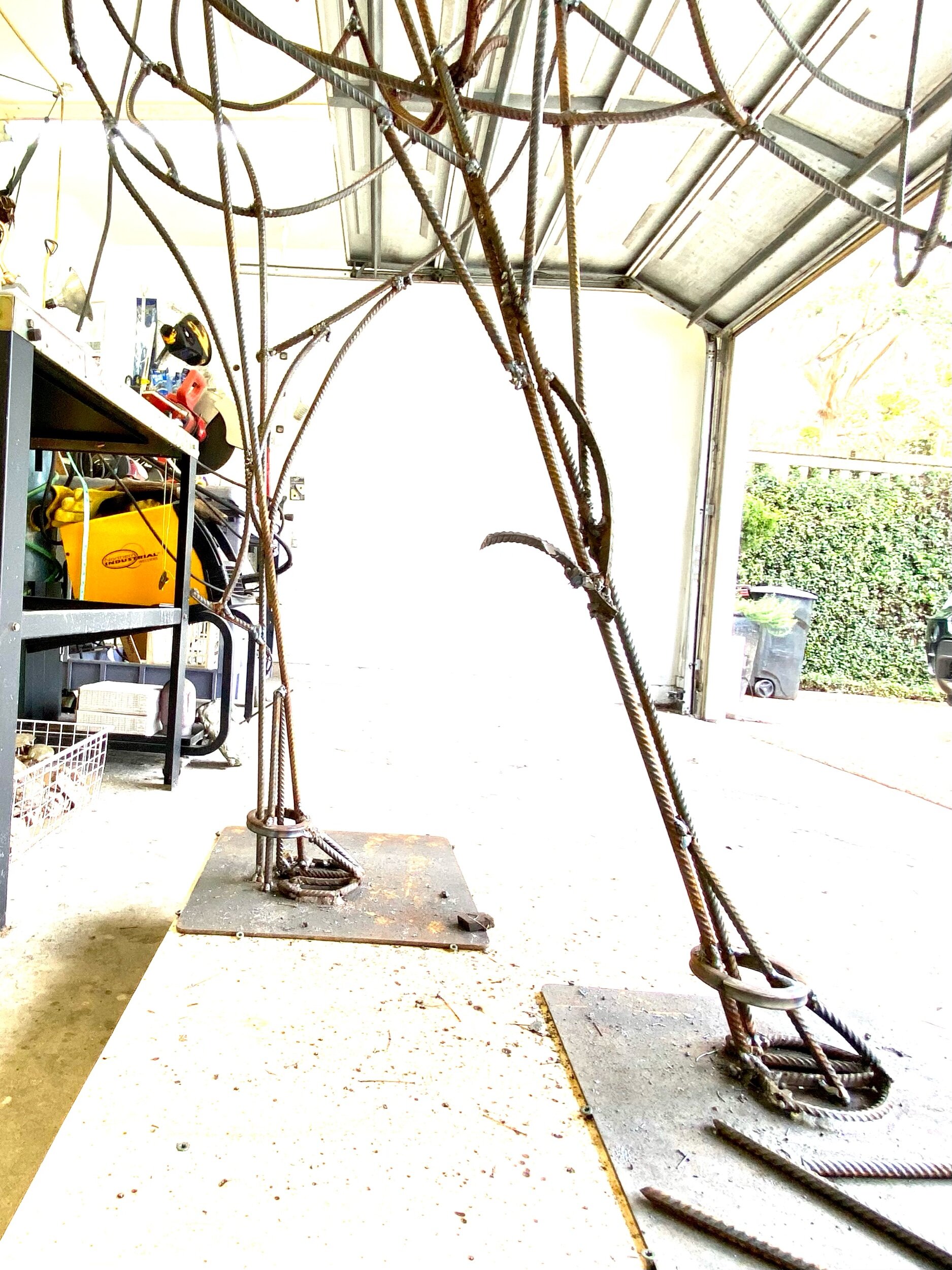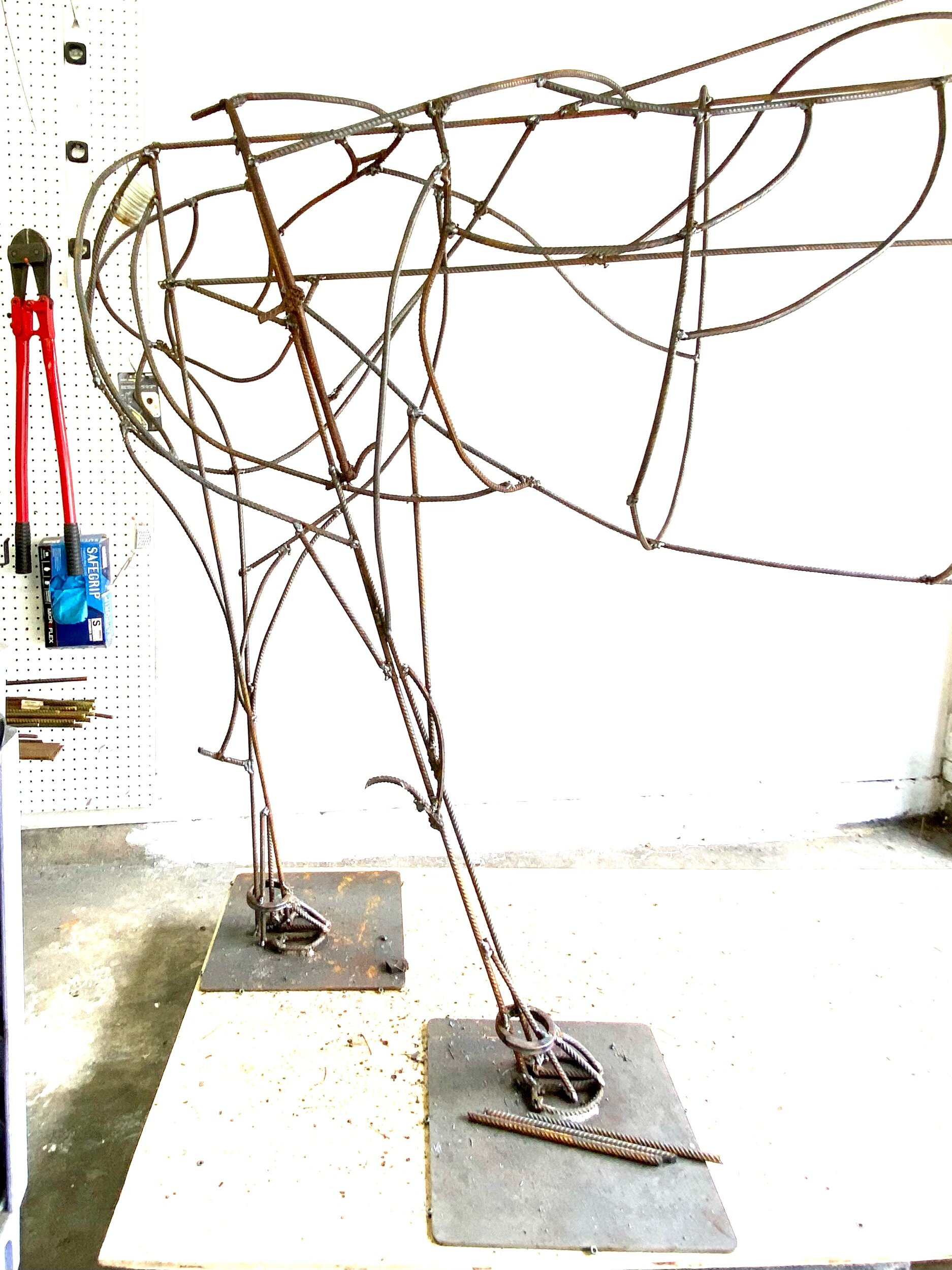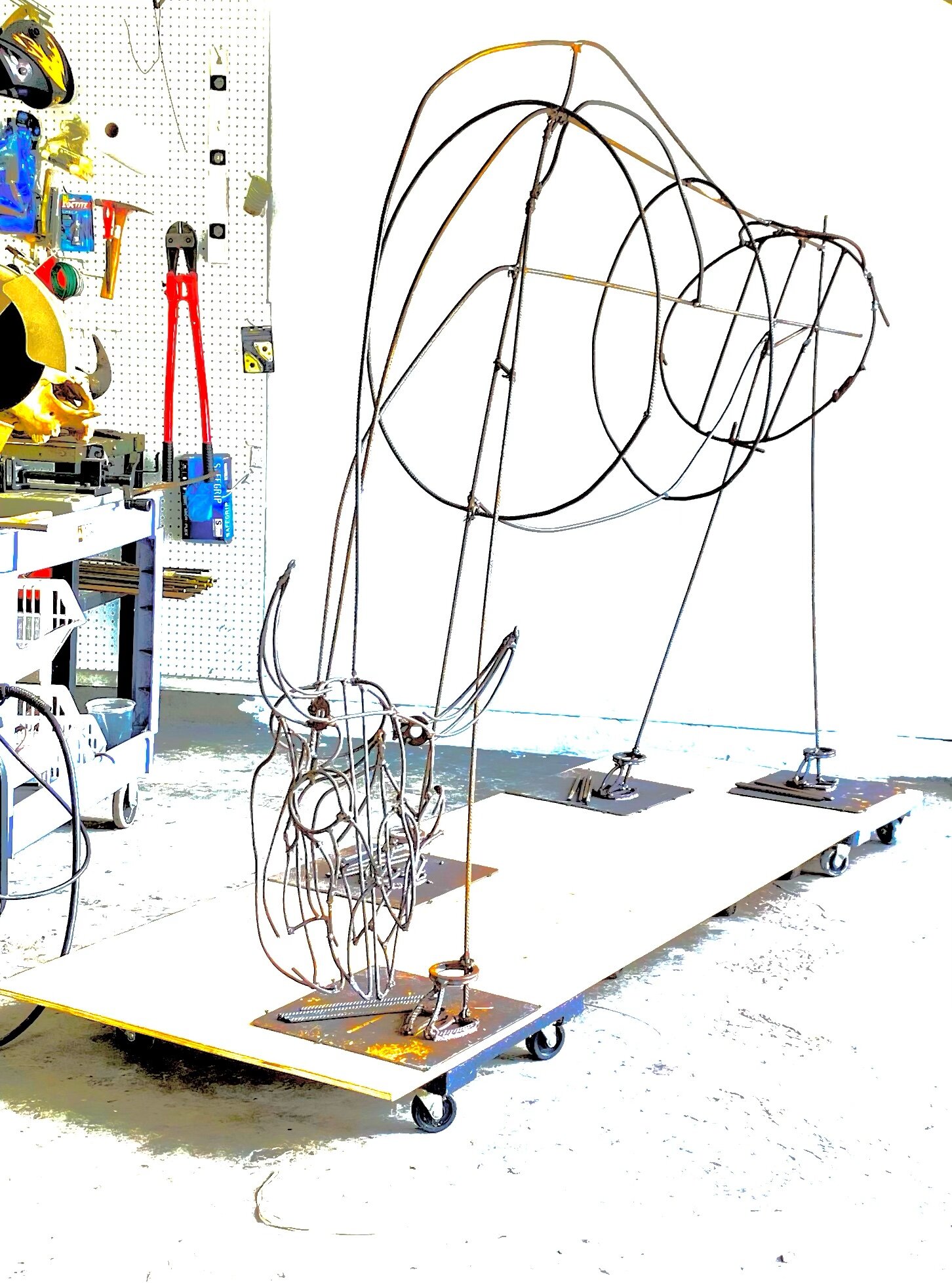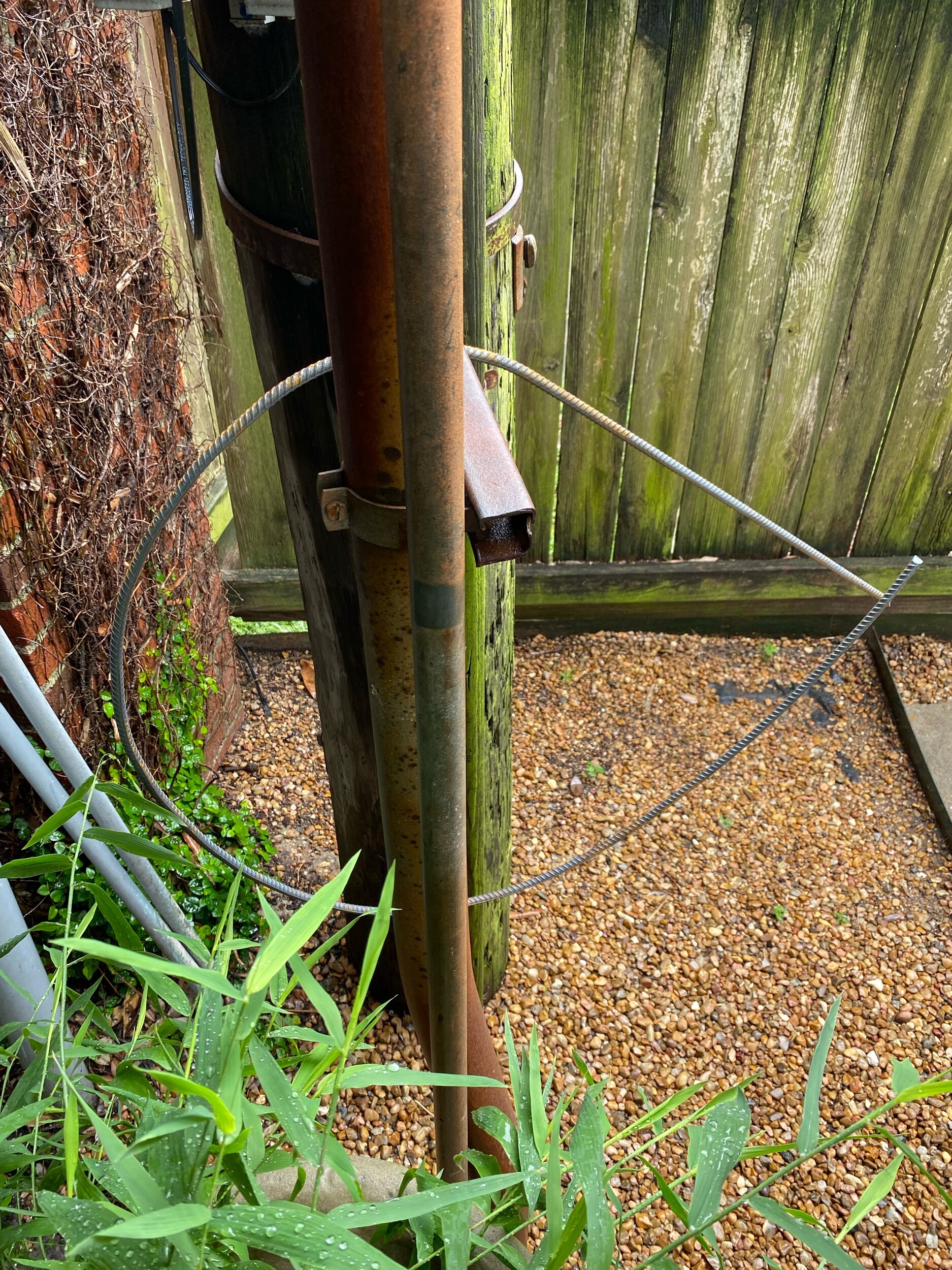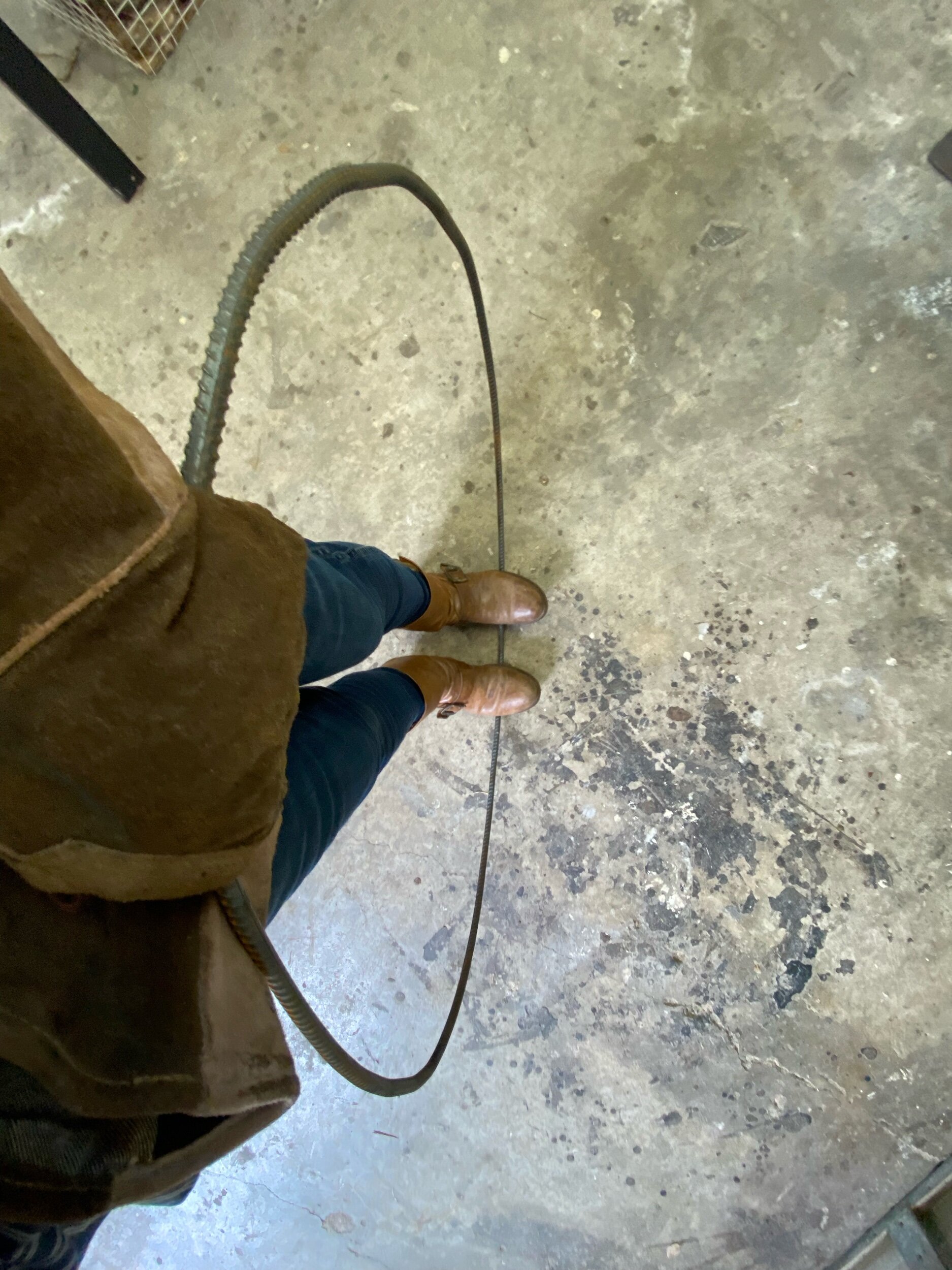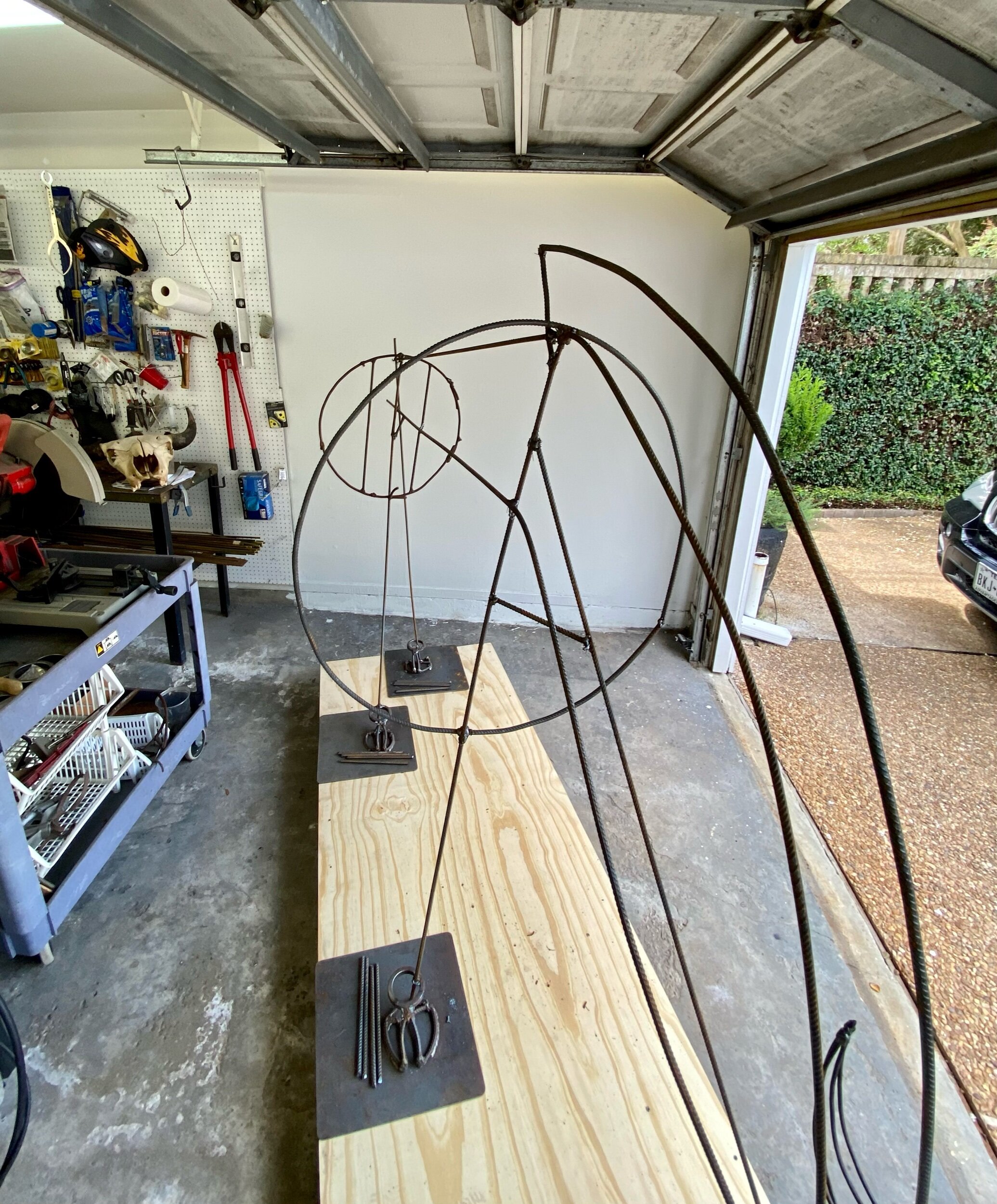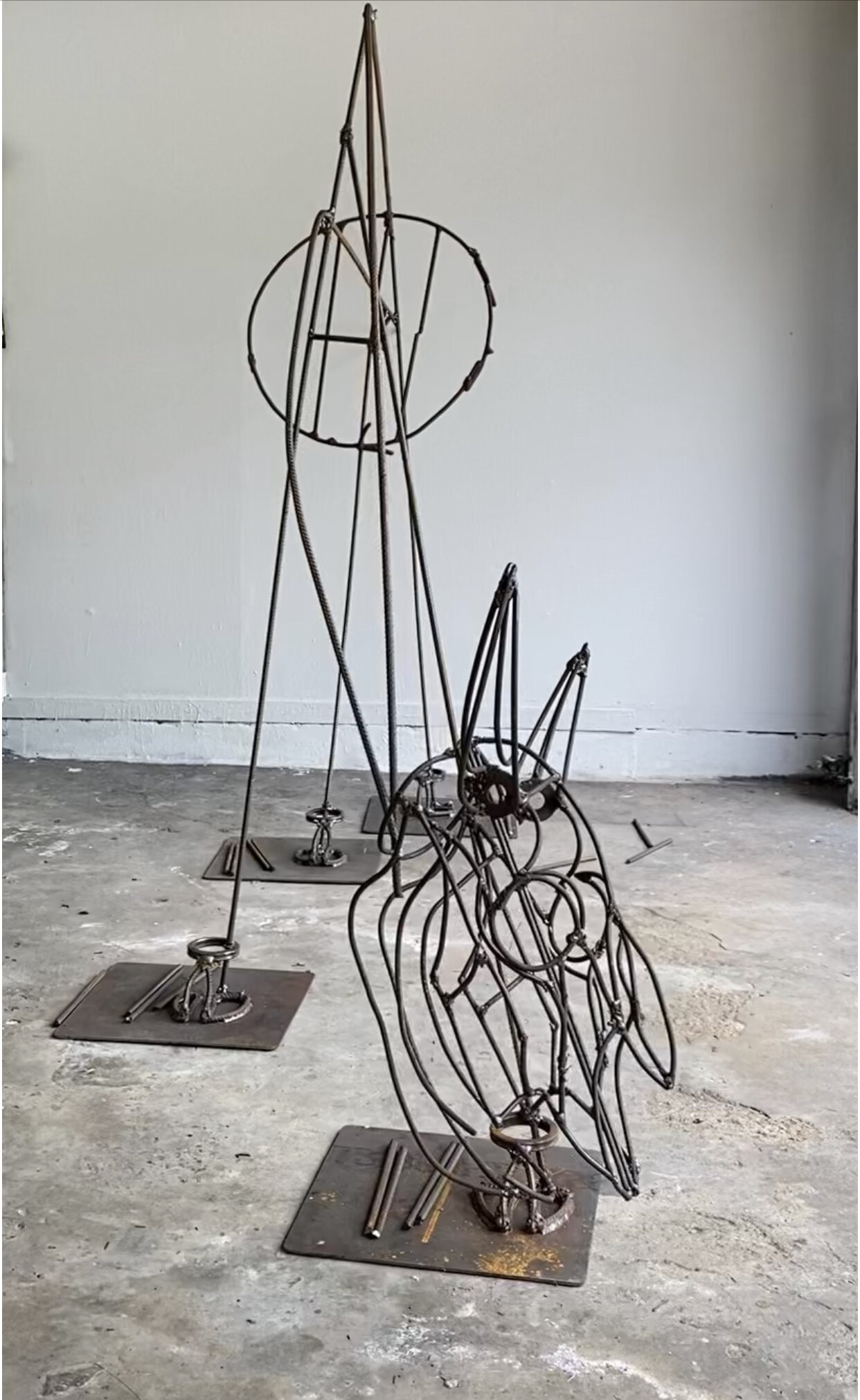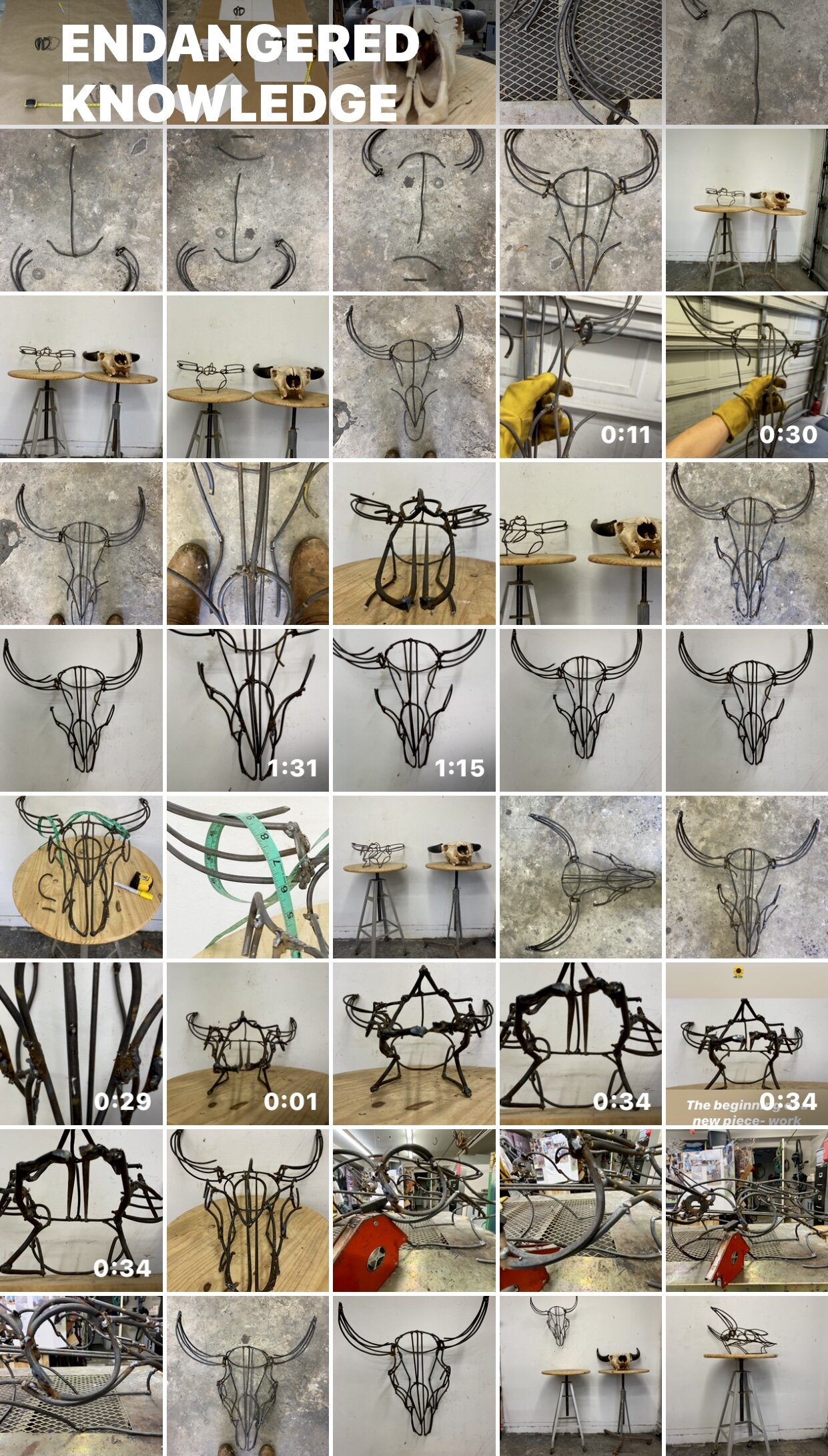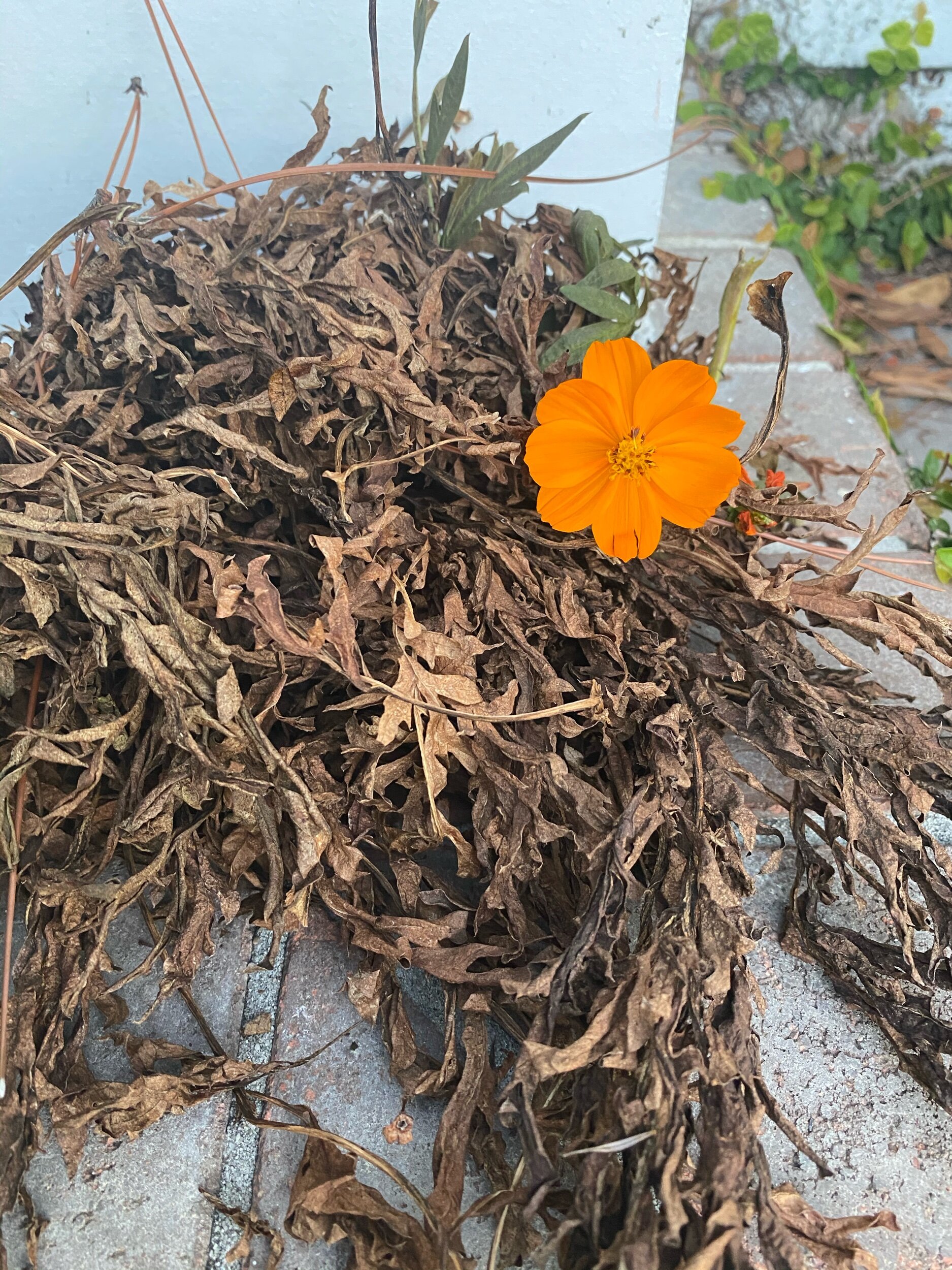Land art or earth art has paved the way for what I hope will become a new art movement.
The Tate defines Land art or earth art as the art made directly in the landscape, sculpting the land itself into earthworks or making structures in the landscape using natural materials such as rocks or twigs. With the Tate's definitions, Symbiosis is land art, a part of the conceptual art movement, and environmental art.
What separates Symbiosis from these traditional classifications of art are the concepts I apply to my creative decision-making process and the materials I use support and regenerate life. It values all living creatures as participants in the creative process.
My process for creating a living sculpture involves holistic decision-making. First, I incorporate a systems thinking approach to create a functional balance between the healthy ecosystem, human economics and societal landscape norms. For example, contemporary landscape designs are structured in monocrop rows or groupings separated with bare earth. To maintain the manicured design, weed-killing chemicals and gas-operated mowers and edgers are the most economical. This lack of plant diversity, geometric-in-shape groomed plantings, and chemical inputs make these landscapes uninhabitable for a diversity of wildlife other than a few lizards. For many valuable insects and microorganisms, the inputs are deadly. These designs do not consider supporting the food chain necessary in a healthy ecosystem. In Symbiosis, I keep the ground covered with a diversity of plantings that drift in and out of each other and with the seasons; this provides camouflage from predators, nesting materials, and a variety of nourishment all year. Weeds fit into this landscape and help build the microorganisms and structure or armature in the soil. This less structured planting design is balanced with a classical symmetrical layout. Symbiosis is designed to build the food chain. The maintenance required is easily accomplished with handheld clippers. The clippings are put back into the garden to decompose by insects and natural systems that build the soil health and retain water and carbon, or into a vase to be enjoyed. Ultimately Lawndale benefits economically through lower maintenance, chemical inputs, and utility costs, while enjoying a toxin-free environment—living sculpture.
I use materials that support plants and wildlife specific to the site's ecological history. I begin with a water source, animal waste and decaying plant materials native to the area. These materials build habitat and nourishment for microorganisms in the soil, in the water feature and up the food chain to sustain each other in extreme Texas weather. When combined with our clay soil they: store carbon, cool and return water to the aquifer, support life beneficial to humans and keep harmful pests at bay. In addition, they assist in cleaning the air, slowing rainwater, and reducing land erosion.
For example, I have created symbiotic relationships between humans, mosquitos, dragonflies, fish, and chemical-free water. In a hot environment, animals need a freshwater source to drink and reproduce. I installed a small pond without a filter or pump. Using plants to filter the water, I utilize the eating and waste habits of the Texas Mosquitofish to control the algae and build the water's biology. Mosquitos and dragonflies are attracted to still water with a balance of healthy bacteria and algae to deposit their larvae. The larvae become protein for the fish. Attracted by the water source, the dragonflies hover above the garden and on dried plant materials hunting mosquitos, supporting human health. Lawndale benefits economically by not utilizing an electric pump, needing a mosquito misting machine or pesticides and enjoys the beauty of the water feature and a kinetic, ephemeral rainbow of dragonflies hovering and darting over the living sculpture.
In Symbiosis, as the lower food chains develop, it begins to regenerate life and recover what is lost. Perpetual, it is art for now and future generations. In a living sculpture, the ways to evaluate it are space, shape, line, color, texture and regeneration.
I submit below images and descriptions of symbiotic relationships, ephemeral parts of the installation from April 2021-April 2022.
Dung loving birds nest fungus
Gulf Fritillary butterfly on rosin weed sunflower. It roots can extend 16’.
image by Nash Baker courtesy of Lawndale Art Center
Black Swallowtail (Papilio polyxenes) on Monarda citriodora lemon beebalm image by Nash Baker courtesy of Lawndale Art Center.
Gulf fritillary butterfly on Gulf verain Verbena xutha image by Nash Baker courtesy of Lawndale Art Center
Battus philenor a pipevine swallowtail
Gulf fritillary on Rudkeckia hirta
Long-tailed skipper Urbanus proteus on Salvia azure
Junonia coenia the common buckeye butterfly on a blanket flower Gaillardia puchella with dew drops.
Black Swallowtail (Papilio polyxenes) on scarlet sage Salvia coccinea.
Gulf Fritillary butterfly on purple cone flower
Red arrow Rhodothemis lieftincki on dead olive tree limb.
Mosquito control and water source for winged species.
Past bushy blue stem and Seaside Golden rod. I leave them through March so the winds can spread their seeds to other gardens, and to provide shelter for birds, tree frogs, toads, and field mice.
Plathemis Whitetail Skimmer
Mosquito control and water source for winged species.
Past bushy blue stem and Seaside Golden rod. I leave them through March so the winds can spread their seeds to other gardens, and to provide shelter for birds, tree frogs, toads, and field mice.
Brown skipper and Rudbeckia hirta

